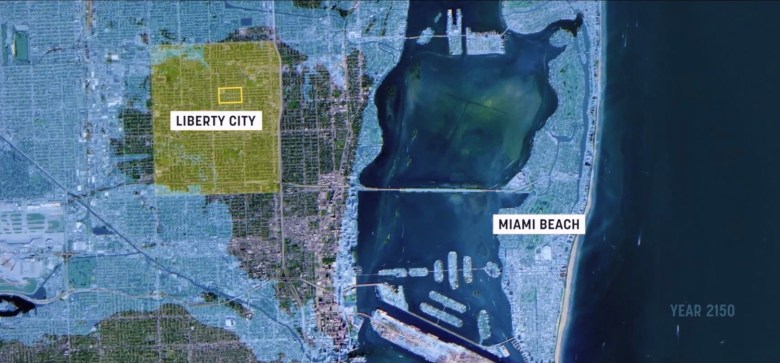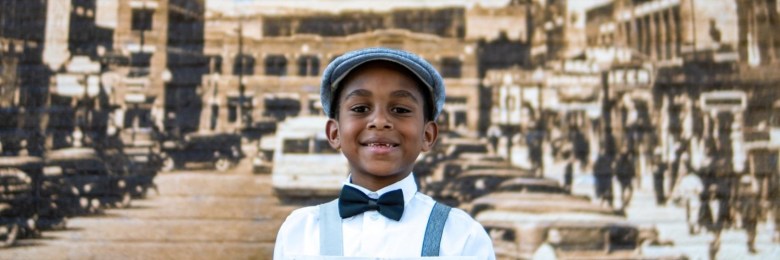|
Listen to this article here
Getting your Trinity Audio player ready...
|
Katja Esson is a Miami-based Academy Award-nominated director. Her prior works include Ferry Tale, Skydancer, and Poetry of Resilience. In her latest documentary, she follows the people of Liberty Square, a modern site of urban renewal. The film will premiere on PBS January 29.
Miami Beach sits between zero and four feet above sea level. The area is popular for its luxury beachfront properties, but with the effects of climate change increasing, Miami is ground zero for global sea level rise.
This has led property developers to search for locations further inland. Their sights have been set on Liberty City which sits 12 feet above sea level. White people make up the majority of Miami Beach’s population, and residents of Liberty City are 80% Black.

Known as climate gentrification, this phenomenon is when affluent households relocate to higher elevations and displace the current residents.
Related Stories
History of Miami and Liberty City
Liberty City is a historically Black neighborhood. When city planners began constructing Miami in 1896, they brought people from the Caribbean Islands to help. The city enlisted Bahamian immigrants because of their knowledge of building on sand and beaches. However, racism prevented these groups from owning property on the much-desired beachfront.
In the 1930s, the Black migrants who were responsible for the successful construction of Miami were pushed further inland. This was in part because the area, now known as Liberty City, was outside Miami city limits and lacked government representation.
Located in the heart of Liberty City, Liberty Square is one of the oldest public housing projects in the U.S. Founded in 1937, it’s home to nearly 700 families. In February 2015, Miami-Dade County proposed a multimillion-dollar plan to revitalize the area.
Coined “Liberty Square Rising”, the initiative seeks to revitalize the area, decrease crime, and lower poverty levels. The funding is being used to create multifamily housing and promote economic development.
Issues with Urban Renewal
Public housing is a government program that began in 1937 to provide affordable housing to low-income families. Although the intention was admirable, due to underfunding and poor maintenance most housing projects are less than satisfactory.
Liberty Square residents are rightfully skeptical of the new program. Miami has a history of promised improvements that ultimately lead to the gentrification of Black neighborhoods.
The Impact of Climate Gentrification
In 1999, the county received federal funding to revitalize the Scott-Carver Housing Project. Residents were given housing vouchers to temporarily relocate with the promise that they could return after redevelopment. However, due to misuse of funds and private landlord requirements, most residents did not return, and a fair portion became homeless.
Similarly to the Scott-Carver public housing project, Liberty Square residents were given housing vouchers to relocate if they chose not to accept a new unit. Section 8 works by giving housing vouchers to rent property owned by private companies. Private companies can establish different guidelines for residents that aren’t typical for government housing projects. This can lead to companies refusing applications from individuals that are not in good standing. An example of this is a history of eviction or felony status.
Resident Testimony
One of the individuals the documentary follows is Sam Kenley, a single mother of seven and a longtime resident of Liberty City. Initially, she was excited to move into a newer unit with more space for her children, but her worries grew about the future of Liberty Square.
Kenley attempted to find a rental property to relocate, but even with the housing voucher, she could not afford county rent rates. The national average for rent is $1468, but in Miami it’s nearly $1700.

She eventually accepted the offer to move into new units at Liberty Square.
As of January 2023, only five families have returned to Liberty Square while hundreds relocated using their housing vouchers. The new units hold the promise of a better life but suffer from issues like cracks, leaks, and mold.


